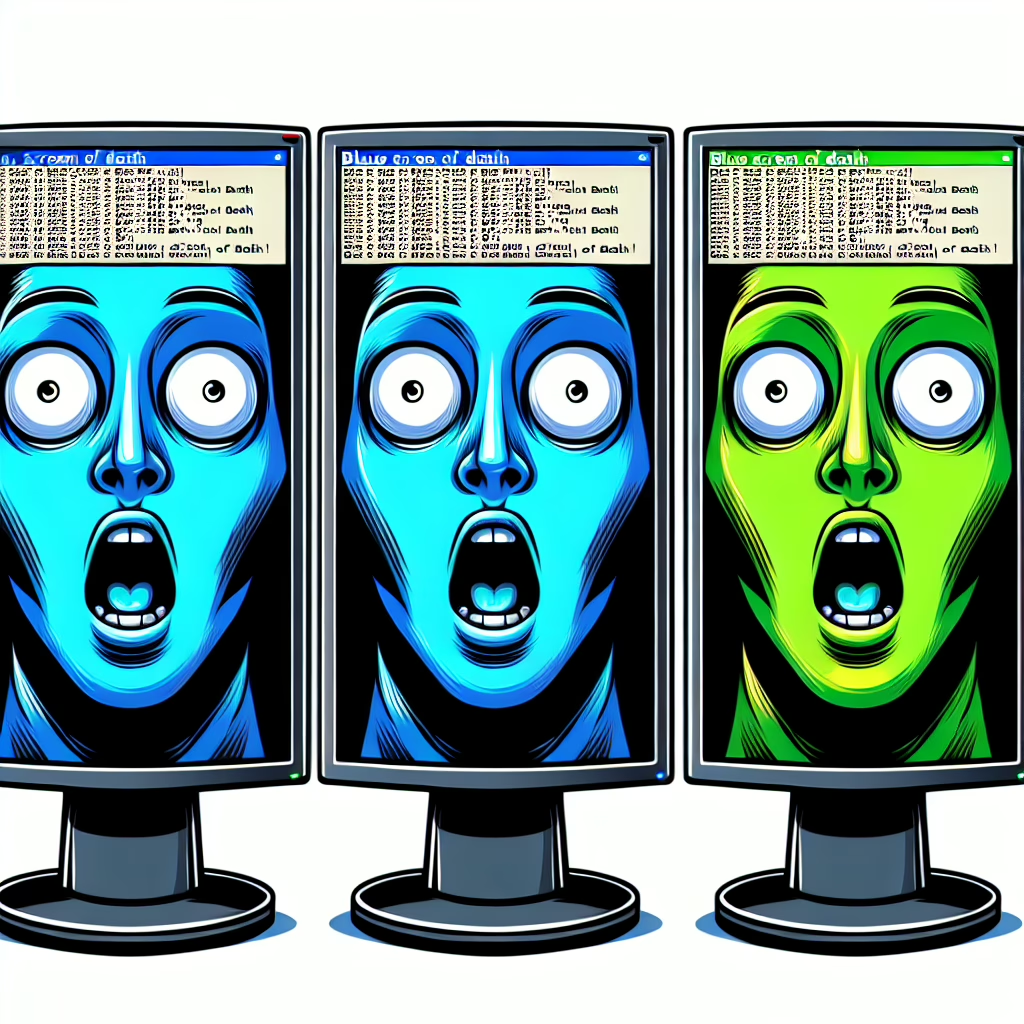Ah, Windows 11! The operating system that promised a sleek new look and a few hiccups along the way. If you’ve ever been greeted by the infamous blue screen of death, you might wonder if it’s time to panic or just roll your eyes. Well, grab your favorite beverage as we dive into the colorful world of Windows 11’s error messages—now featuring not just blue, but also green and black! It’s like a tech-themed rainbow, only without the pot of gold.
The New Color Palette of Windows 11 Errors
Gone are the days when a simple blue screen meant doom and gloom. Now, with Windows 11, you get to experience a whole spectrum of screens. The blue screen of death (BSOD) still exists, but it has been joined by its chic cousin: the green screen of death (GSOD). This new addition is a refreshing twist for those who enjoy a little flair in their misfortunes.
But wait—there’s more! If you’re lucky enough to encounter the black screen of death (BSOD), congratulations! You’ve reached a level of computer troubleshooting that few dare to tread. It’s like being inducted into an exclusive club where everyone shares tales of their digital misadventures.
Why All These Colors?
You might be asking yourself: why does Microsoft think we need more colors in our error messages? Well, it seems they want to keep things interesting—or perhaps they’re just trying to distract us from the fact that our computers are throwing tantrums. The idea is that each color signals different types of errors, helping users identify problems without needing to decode hieroglyphics.
The blue screen of death typically indicates critical system errors. It’s like your computer waving its arms and shouting, “Help! I can’t even!” On the other hand, the green screen of death usually relates to issues specific to Windows Insider builds. Think of it as a VIP pass for beta testers who want to live on the edge—just don’t forget your safety net!
The black screen? That’s like a dramatic pause in a movie before something truly shocking happens. It usually means that your system has met an unexpected error that it simply cannot process. So if you see that black screen, take a deep breath and prepare for some serious troubleshooting.
A User’s Guide to Navigating Colorful Confusion
Now that we know what each color represents, how do we cope when our screens start resembling a mood ring? First and foremost, don’t panic. You’re not alone; many have wandered through this technicolor maze before you.
- Take Notes: Jot down any error codes displayed on these screens. They’re like breadcrumbs leading you back to sanity.
- Search for Solutions: Google them (your best friend in times of crisis) or visit Microsoft’s support page for guidance.
- Regular Updates: Keep your software updated to ward off these pesky errors.
- Hardware Check: Monitoring the health of your hardware can save you from future headaches.
It’s all about being proactive rather than reactive! By adopting these practices, you’ll be better equipped to face whatever colorful screen comes your way.
The Final Word on Screens of Death
In conclusion, while encountering a blue screen of death, green screen of death, or even a black one might feel like the end of the world, remember that there’s often light at the end of the tunnel—or at least a colorful exit sign! Embrace these quirks as part of your Windows 11 adventure. After all, every glitch tells a story.
If you’ve had any funny or frustrating experiences with these screens—or if you’re simply curious about which color is your favorite—share your thoughts below! We’d love to hear from you.
A big shoutout and thank you to TechRadar for inspiring this article with their original piece on Windows 11’s colorful screens of death. Your insights sparked this colorful conversation!
For even more insights on Windows 11’s unique features, check out our articles on Microsoft’s login changes and upcoming features.

